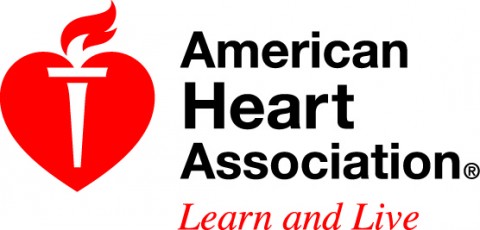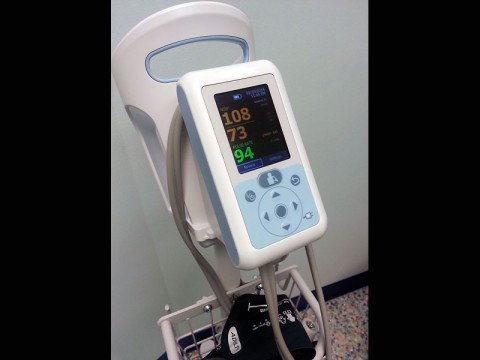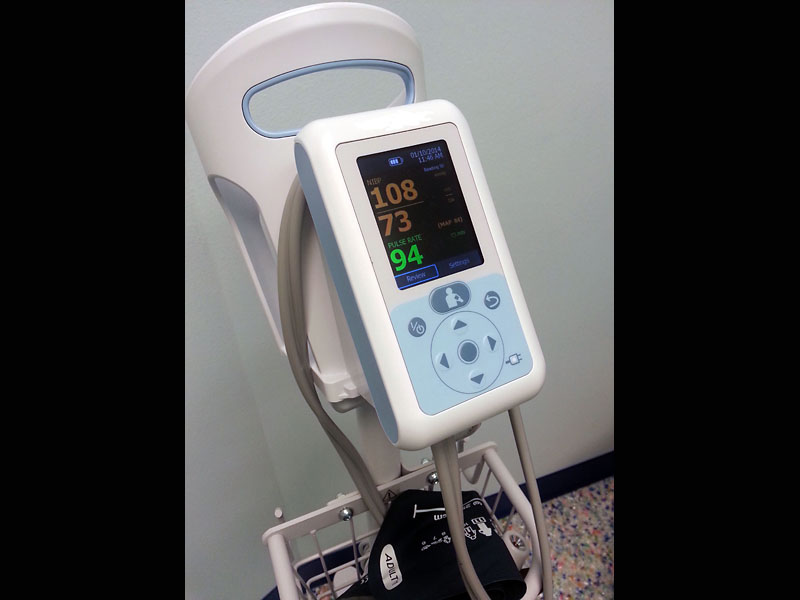American Heart Association Rapid Access Journal Report
 Dallas, TX – A pharmacist-physician collaborative effort to control blood pressure among a diverse group of patients was considered cost-effective, with a $22.00 price tag to increase the hypertension control rate by one percent, according to new research in the American Heart Association’s journal Hypertension.
Dallas, TX – A pharmacist-physician collaborative effort to control blood pressure among a diverse group of patients was considered cost-effective, with a $22.00 price tag to increase the hypertension control rate by one percent, according to new research in the American Heart Association’s journal Hypertension.
“Previous studies have demonstrated the cost-effectiveness of collaborative hypertension control programs. However, most lacked minority and low-income populations,” said Linnea Polgreen, Ph.D., lead researcher and an assistant professor in the Department of Pharmacy Practice and Science at the University of Iowa.

Costs were assigned to medications, and pharmacist and physician time. Cost-effectiveness ratios were calculated based on changes in blood pressure measurements and hypertension control rates.
Participants were from 32 medical offices in 15 states, and all had uncontrolled high blood pressure, defined as systolic pressure of 140 mm Hg or higher, or diastolic of 90 mm Hg or higher. Among those with diabetes or chronic kidney disease, blood pressure was considered high at or above 130 mm Hg systolic or 80 mm Hg diastolic.
Patients were randomized to a pharmacist-physician intervention program for nine months or to a control group receiving usual care.
The intervention included a clinical pharmacist reviewing patients’ medical records, contacting them by phone and regular face-to-face visits. The pharmacist created a care plan and made recommendations to the physician to adjust medication. In this study, the pharmacist worked in the medical office and met face-to-face with physicians.
After nine months of the collaborative intervention:
- average systolic blood pressure was 6.1 mm Hg lower
- average diastolic pressure was 2.9 mm Hg lower
- hypertension control rate was 43 percent, compared to 34 percent in the control group.
“Patients in the intervention groups had higher costs than those in the control group, but these costs were mostly due to higher prescription drug costs – not the cost of the pharmacist’s time,” Polgreen said. “On average the pharmacist spent about two hours per patient over the course of the study.
“An unexpected finding was that the intervention group had fewer physician visits, thus saving physician time for other, more complex patient health problems.”
An estimated one-third of American adults have high blood pressure, which is a major risk factor for heart disease and stroke.
While the clinics in this study all had an in-house pharmacist, Polgreen said people with uncontrolled high blood pressure may want to ask their physician if they have other team members in their office who could assist with managing blood pressure.
Co-authors are Barry Carter, Pharm.D.; Jayoung Han, Ph.D.; Gail Ardery, Ph.D.; Christopher Coffey, Ph.D.; Elizabeth Chrischilles, Ph.D. and Paul James, M.D.
Author disclosures are on the manuscript.
The study was funded by grants from the National Institutes of Health.
Additional Resources
- View the manuscript online.
- An online guide to managing and understanding blood pressure is at Heart.org/HBP
- Follow AHA/ASA news on Twitter @HeartNews.
- For updates and new science from the Hypertension journal follow @HyperAHA



